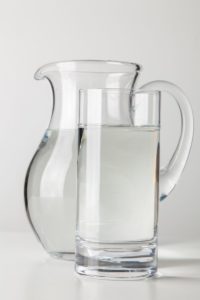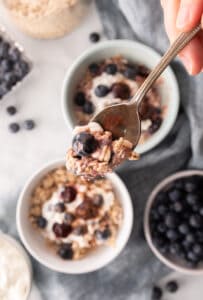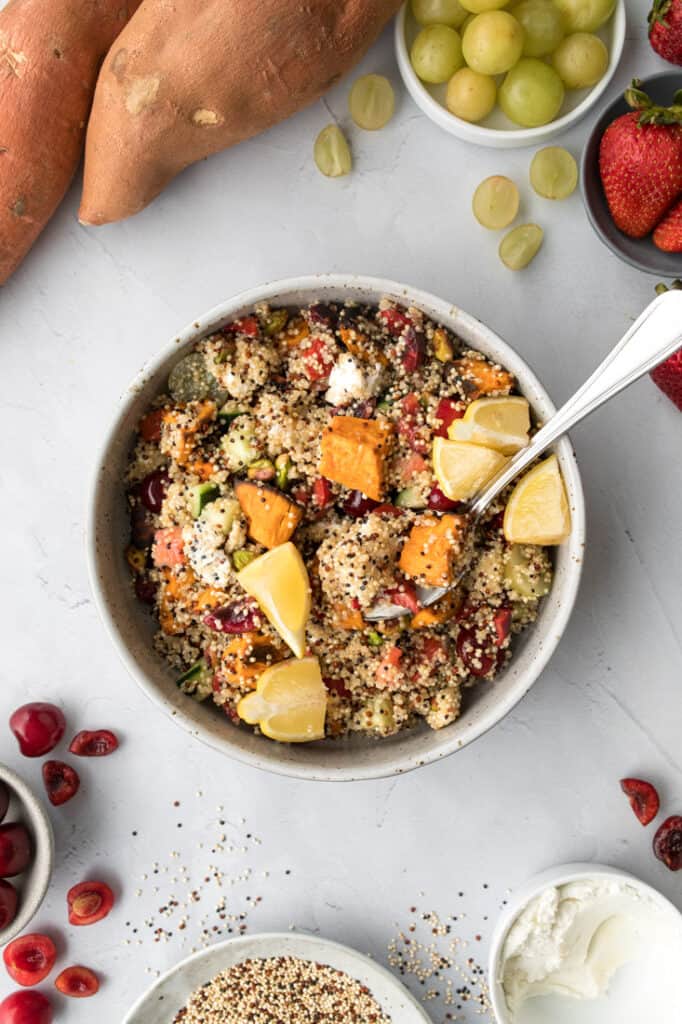Balancing Running and Breastfeeding
- December 15, 2020
- Last Updated: March 21, 2024
- 0 Comments
- Running
Hi everyone! I invited my friend, Laura, a certified running coach, to talk about balancing running and breastfeeding.
As an Amazon Associate, I may earn from qualifying purchases. You can read more here on our Disclaimer and Privacy Page.
As you know, I’m not back to running just yet, but I do have experience breastfeeding Camryn for two years and balancing running (+ training for two marathons), which I’ll talk about at the end. I hope you enjoy this post from Laura.
Hi everyone! Sarah invited me to guest post and I want to share my experience of breastfeeding and running.
I am a running coach and work with several postpartum athletes. While breastfeeding is not everyone’s choice or ability (and fed is best!), I encourage moms to not let their running goals hinder their breastfeeding goals, or vice versa.
Sarah’s post on postpartum running is a helpful read, too!

Can I Run While Breastfeeding?
Absolutely! I chose to breastfeed my daughter for the first twelve months.
My goal was to breastfeed for a year. I managed to incorporate 40-45 mile weeks and 2+ hour-long runs into my training while still breastfeeding, so know that it is possible!
I started with a feed on-demand approach; at one point, I was nursing 10-12 times per day. I relied on lots of nipple cream!
I also waited six weeks to start running, which helped establish breastfeeding.
I even nursed frequently at 11 months old (7x per day), and found that even this level of breastfeeding was compatible with running.
If you’re nursing during the night, consider snacking as well. Here are some of the best snacks for breastfeeding at night.
I weaned my daughter at a year old, when she started losing interest because walking was too exciting.
Breastfeeding for a year requires work. It is a lot like running; consistency and effort matter. You cannot judge yourself on one session.
Running while breastfeeding will take extra effort, just like running at 38 weeks pregnant. Here are some of the tips that helped me balance running and breastfeeding.
Separate Myth from Fact
Is it safe to run while breastfeeding? Yes!
Running when breastfeeding (even long-distances) is possible; do not let anyone try to convince you otherwise.
Running will not produce lactic acid in your breastmilk. The human body simply does not work that way.
First, you only produce significant amounts of lactic acid running at a hard intensity; these runs do not constitute a majority of your training, especially in the postpartum phase.
Second, even if you do produce lactic acid when running, it clears your bloodstream within minutes of finishing the workout.
Once anything clears your bloodstream, it is out of your breastmilk.

While lactic acid in breastmilk is a myth, clogged ducts are not. Clogged ducts occur from infrequent feedings, compression, or other causes and can lead to mastitis.
Mastitis is a serious breast infection that occurs when ducts remain clogged for too long.
Since compression causes clogged ducts, you want to avoid feeding in a traditional sports bra (nursing sports bras are fine) or spending too long in a sports bra.
To be safe, as soon as you come home, change into a nursing bra – especially if you plan on immediately feeding.
Foam rolling and releasing tension may also be helpful for you. You can read more on this post on foam rolling for runners.
Embrace the Dreamfeed
This is not something that works for every mom. However, I found tremendous success in using a dream feed to balance breastfeeding and running, especially when running in the mornings.
A dream feed is a short feed done while the baby is sleeping. You barely rouse them for feeding.
As a result, sleep is extended for the baby while your milk supply is encouraged (since supply drops if you go too long without feeding).
During my first year postpartum, I often ran early in the morning before my baby awoke. However, I did not want to run without nursing first.

Instead of pumping, I would slip into my daughter’s room, spend 15 minutes feeding her, and then put her back to sleep. I could comfortably run and not have to rush back in case she woke up hungry.
Eat to Support Both Your Running and Your Baby
Breastfeeding literally takes nutrients from your body to feed your baby. Among these nutrients include calcium and iron, which runners need to perform well and prevent injury.
Include calcium and iron-rich foods in your diet: dairy, spinach, cruciferous vegetables, beans, red meat, etc.

If you have a history of either stress fractures or anemia (I had both!), you may want to talk to your doctor (or dietitian!) about supplementing calcium and iron. Never supplement iron on your own, as it can be toxic, as Sarah mentions in her prior blog post.
Your diet should also be high in dietary fats. Foods such as nuts, seeds, whole-fat dairy, and avocados provide dietary fat.
A great morning snack could be lactation waffles or a lactation smoothie. I would also add collagen to my coffee when nursing for the extra protein and nutrients.
These helped me, especially when I increased my running mileage and wanted to ensure I got in enough calories to support breastfeeding.

Sarah often talks about listening to your hunger while breastfeeding being important, and there is reason for this!
While numbers vary per person, per metabolism, and per many other factors, breastfeeding does burn a significant amount of calories – and that is on top of whatever you are burning from running.
To make it simple, I often approached my eating as if I had run 3 miles more than I actually had. Always, always honor your hunger.
Plus, eating enough lactogenic foods can help with your milk supply, and greek yogurt smoothies are my favorite to quench the constant thirst.
Grab a free hunger scale here to help gauge your fuel needs!
Fuel and Hydrate Early and Often
Many runners will run miles without a sip of water or skip fuel on a long run, or even after.
Not only is this detrimental to performance; if you are breastfeeding, it can affect your milk supply.
If you’re unsure how much to eat (we are all different), I share what I ate after a 20 mile run.
This is why I often make some sort of homemade electrolyte drink.

Aside from helping with fluid balance and water intake, electrolytes for runners are so important.
I love mixing orange juice with coconut water because you’re getting fluids, carbs, some electrolytes, and Vitamin C. More on Vitamin C for runners here.
For any run longer than an hour, bring fluids and drank liberally. There is nothing wrong with bringing fluids on shorter runs, especially in summer or if you are doing a hard workout. I love using handhelds or a hydration pack.
Never, ever skip a pre-run snack or post-run meal or snack. These pregnancy breakfast ideas come in handy for postpartum too!
Make it simple to quickly grab: a pre-blended protein coffee smoothie, a quick slice of toast with peanut butter before a meal, etc. Even if your priority is feeding the baby right after a run, remember you need to feed yourself first (or during).
Lastly, hydration in the summer and winter hydration are equally important!
Your Training Should Support Your Breastfeeding Goals
As a coach, I hear several moms note how hard it is to fit in long runs with a small, breastfeeding baby. I encourage postpartum moms I work with to balance their running goals with breastfeeding.
You may not be able to long marathon-training miles if your baby breastfeeds every two hours and that is okay.

It is okay to not rush back into long distances or high mileage weeks if breastfeeding complicates it for you. Running can just be a form of stress relief and running for self care.
It is okay not to hit the track every week if breastfeeding has slowed down your recovery rate. Those races will be there in future months and years; breastfeeding won’t last forever.
Remember, you are awesome no matter how you feed your baby and you are awesome for taking the time to pursue your running goals. Even if your running is not where you want it to be, recognize this huge accomplishment!
And if you’re looking for tips on marathon training with a toddler, this post may be helpful!
Support Bucket List Tummy





























Like This Content?
Support Bucket List Tummy